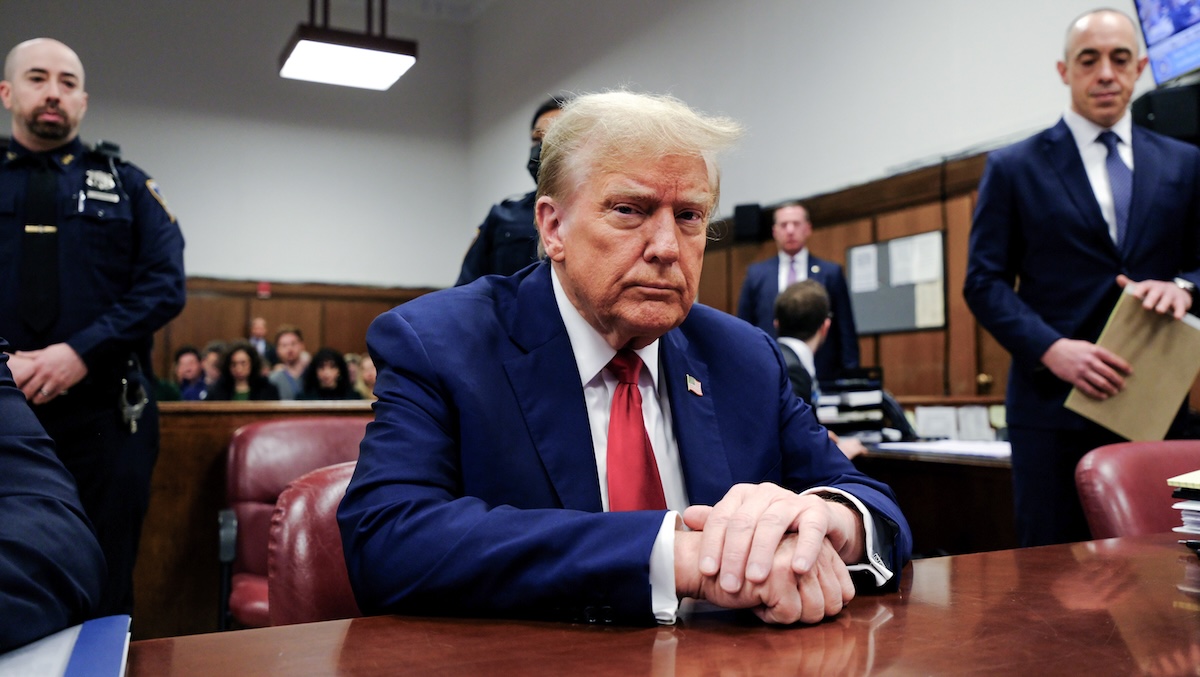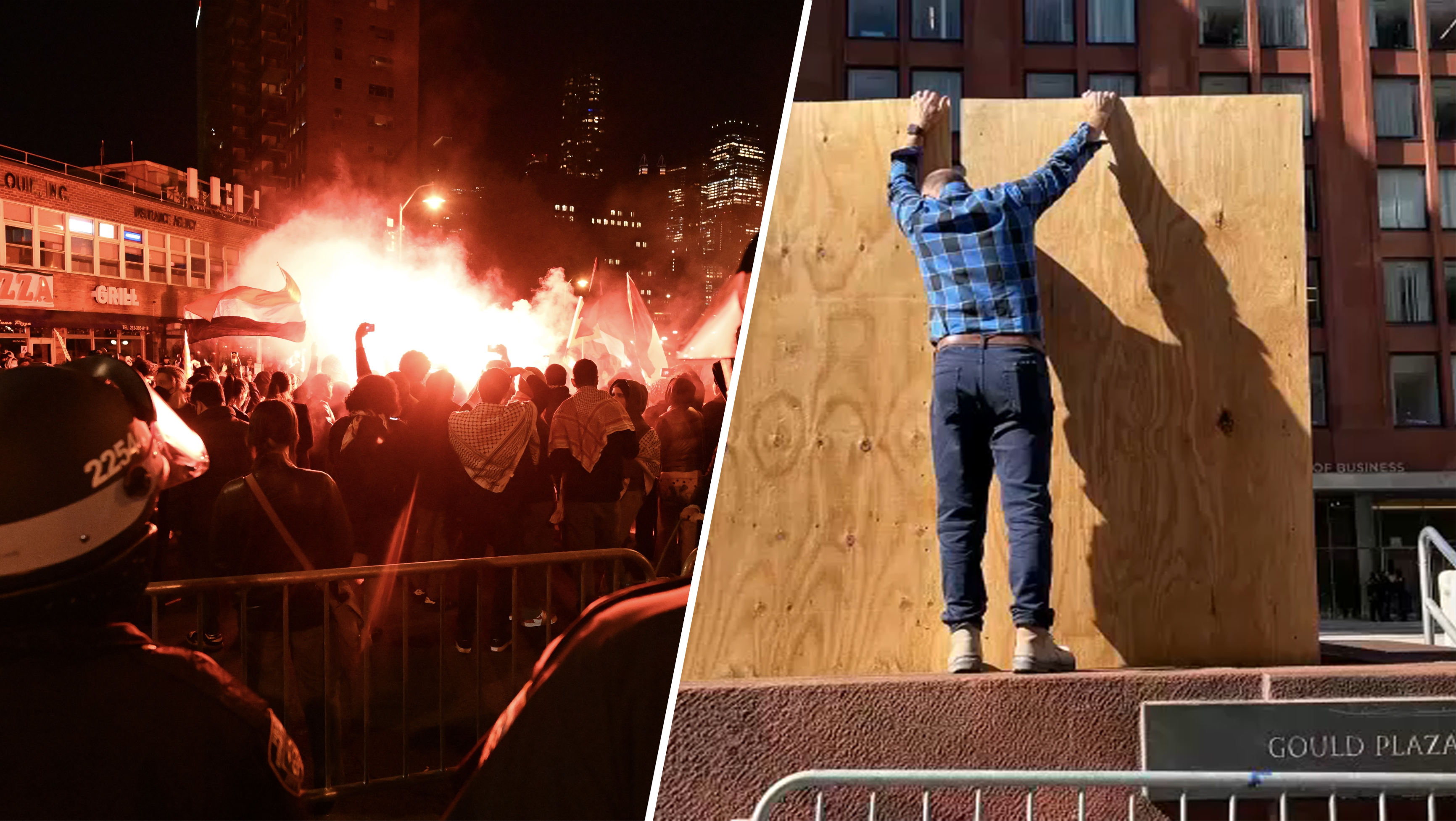What to Know
- The latest subway attack occurred at the Union Square station, police said, where the victim got into a dispute with another man at the L-train platform, before the suspect allegedly cut the victim in his neck
- In an earlier unprovoked attack, a man was slashed across the face at the 135th Street 2/3 station in Harlem around 8:15 p.m. Monday, police said
- The latest violent incidents on the city's subway system comes after Mayor Bill de Blasio announced more officers would be added underground and in stations
For the second time in as many days, a subway rider was slashed while standing on a subway platform at a Manhattan station, police said.
The latest attack occurred around 4 p.m. at the Union Square station, police said. The victim was on the L-train platform when he got into a dispute with another man, according to police. The argument escalated before the suspect allegedly took out a knife and cut the victim in his neck, police said.
The suspect fled on a Brooklyn-bound L train. The 45-year-old victim was taken to Bellevue Hospital while conscious and alert. The injuries were not considered to be life-threatening.
Get Tri-state area news and weather forecasts to your inbox. Sign up for NBC New York newsletters.
It was not known what the two men had been arguing about. An investigation is ongoing.
In another unprovoked attack the day before, a man was slashed across the face at a station in Harlem around 8:15 p.m. Monday, according to police.
The 25-year-old victim was standing on the platform at the 135th Street station on the 2/3 line when another man came up to him and cut him on the left side of his face, police said. The suspect fled, and the attack caused trains to bypass the station for about an hour and a half. Police are now searching for the attacker.
News
The latest violent incidents on the city's subway system come after Mayor Bill de Blasio announced more officers would be added underground and in stations.
"Today, we're announcing an additional 250 officers on a special deployment on top of the previous 500, on top of the previous 2,500," the mayor said at his press conference Monday. De Blasio called it the largest police subway presence in decades, and officers guarding stations and monitoring trains will be checking on passengers and making sure riders see their presence.
The MTA criticized the mayor's announcement, saying he had previously taken officers out the subway, and the supposed additional help isn't coming in the form of more personnel, just more shifts.
"In February, the Mayor first announced a surge of 644 officers into the system ... Today, he announced an 'additional' 250 officers being specially deployed to the subways," the MTA said in a statement. "Now it turns out 20% of those 644 have already been withdrawn, as we have previously raised concerns about, and the 250 announced today aren’t new officers at all, but just extra shifts and will not even be full time. This is irresponsible. The Mayor should immediately clarify for the public and our employees once and for all the real number of officers being dedicated to the safety of the subway system.”
In response to this, a spokesperson for the mayor laid into the MTA, saying they threw out "a whole lot of words and numbers to distract from the fact the MTA has failed to hire for police officer vacancies that are over 17 months old. NYPD has the largest transit force in over 25 years. The MTA should do their part to keep subways safe too. Come on now!"
Interim President of New York City Transit Sarah Feinberg continued to vent frustration aimed at City Hall on Tuesday.
"I think everyone is frustrated. The mayor says one thing and a couple hours later it's unraveled. I just want a number," Feinberg said. I want to know how many officers deployed to the system that I'm responsible for keeping people safe and secure in. And it would be nice if we could get a number.
The mayor stated that there are at least 3,000 NYPD officer patrolling the subways, while the MTA believes the number is far less. De Blasio fired back that the MTA should make good on its promise to hire more MTA officers to protect its own transit system.
"You know, do something about it, MTA. Go higher up those officers that you said you'd do a year and a half ago, and get them out there to help the NYPD. It's not difficult," the mayor said. "Largest police force in the subways in 25 years. How about the MTA pull its own weight and join us and help us rather than just criticize."
Monday's attack comes after three straphangers were assaulted or robbed at gunpoint within the transit system over the course of several hours Sunday morning. Police said a 74-year-old woman was among those injured in the span of fours hours. She was waiting for a train at Union Square when a 56-year-old woman allegedly walked up and punched her in the face. The attacker was immediately apprehended in the station by nearby transit officers, the NYPD said.
Slashings and assaults in the city's subways are up sharply over the past month. But despite the continued concern of violence on the subways, the MTA touted that Friday's ridership between the subway, Metro-North and Long Island Rail Road was the highest since the start of the pandemic. MTA Chairman Pat Foye said he expects ridership numbers to climb further as the weather gets nicer and as system goes back to 24-hour service.
The subway system, long celebrated for its all-night service, starting shutting down for four hours every night last spring to allow for daily sanitizing in an effort to protect riders from the spread of the virus. For the last several months, that nightly closure had been reduced to two hours between 2 a.m. and 4 a.m.
Subway ridership took a major dip in the early days of the pandemic, down about 90 percent at low points in April 2020, when daily ridership failed to reach 500,000 on April 12. Statistics show subway service is still down more than 50 percent compared to pre-pandemic days, but subway turnstiles recorded more than 2 million swipes or taps earlier this month for the first time since the pandemic began.
Foye unveiled the MTA's new campaign "take the train," aimed at getting ridership back up to pre-pandemic levels. In lieu of nightly cleanings during periods of overnight closures, MTA crews will quickly disinfect trains once they are unloaded at terminal stops before they're returned to service.
"Riders can trust that we're doing everything we can to keep them safe and promote public health. I'm proud to say that we'll be expanding and extending our successful public vaccination problem, which since we started last Wednesday has vaccinated over 5,000 New Yorkers," Foye said.
Pop-up sites at Penn Station, Grand Central, East 180th Street and Broadway Junction will continue to offer COVID-19 vaccines through May 22. New Yorkers who stop to get their vaccine at one of the pop-up sites will receive a free seven-day MetroCard.



